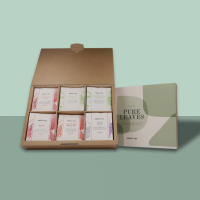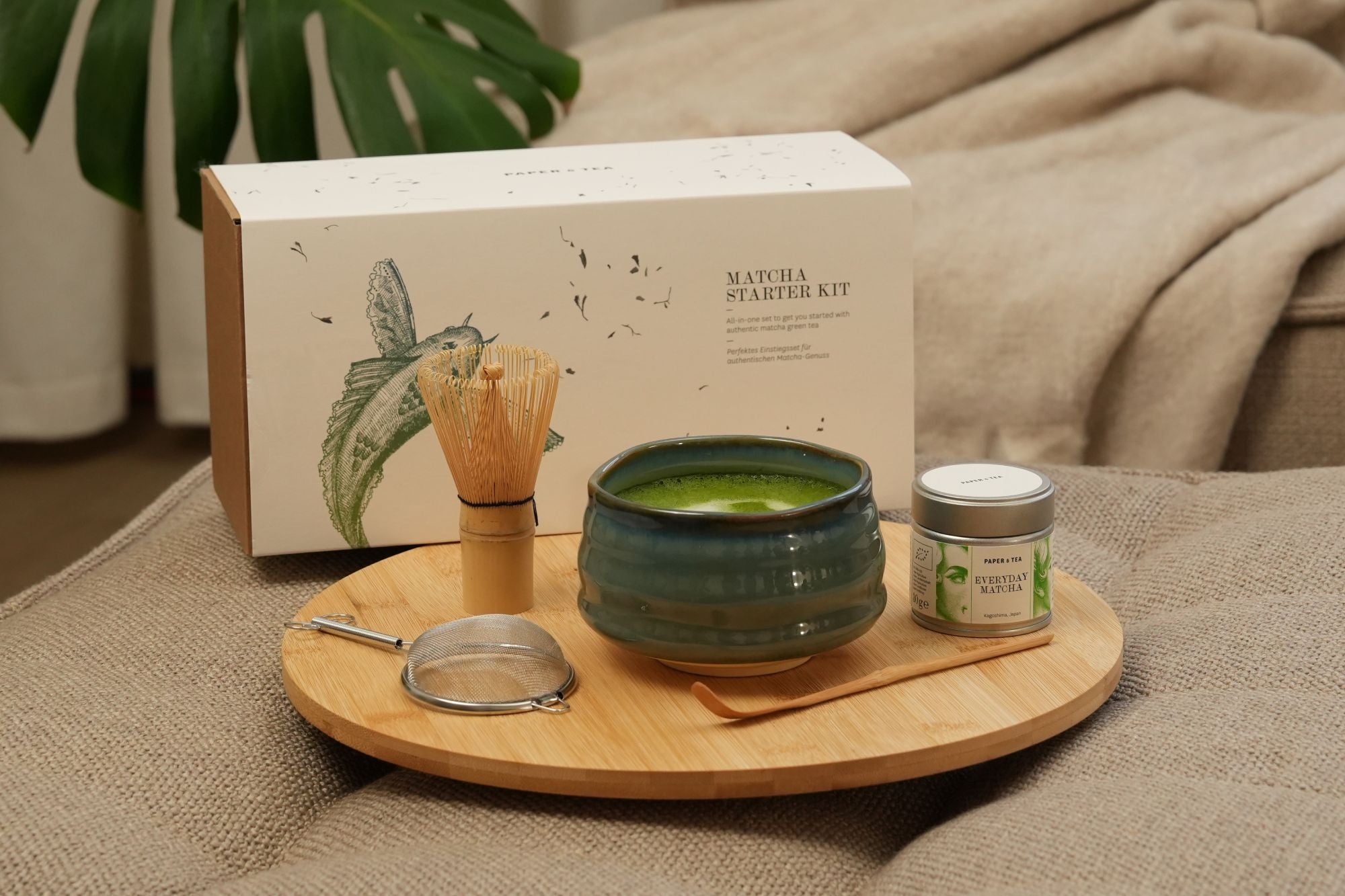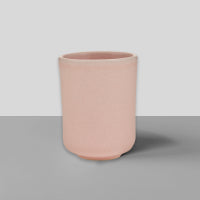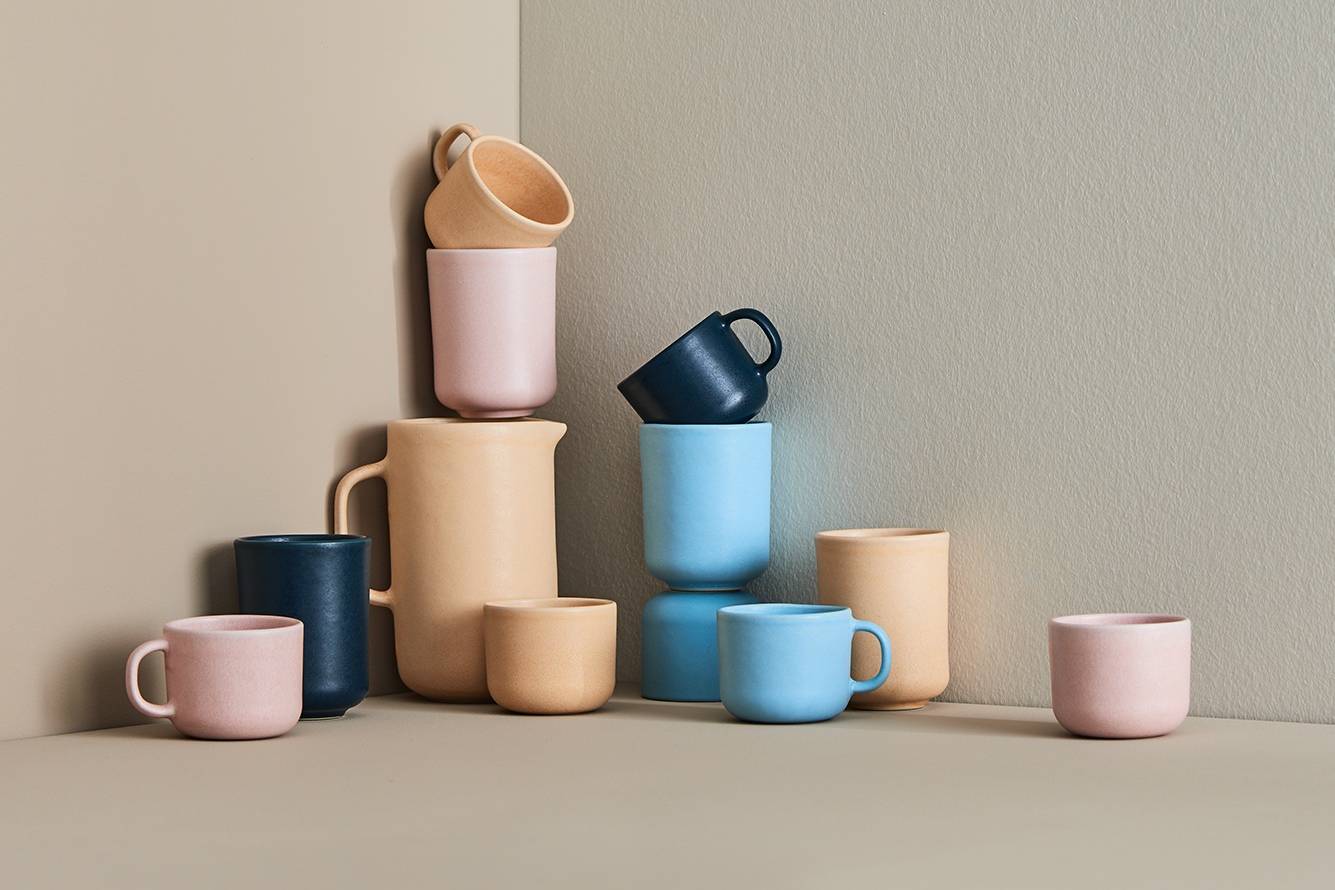It is an unassuming root with a unique spicy aroma that brightens your senses: we're talking about the beloved ginger, which has taken the cuisines of many cultures and countries by storm. A warm, aromatic sip of ginger tea is much more than just a beverage – in many cultures, ginger is used as a medicinal plant. Its delicious taste makes you feel like getting a warm hug. Why should this herbal tea become a staple in your daily life? Learn about the many sides of the magical root, its preparation methods, and cultural backgrounds. Join us on this journey into the fascinating world of ginger tea.
Ginger - A Root with History and Character
We all know the ginger root in Europe, but originally, the ginger plant comes from Southeast Asia. The root thrives in the subtropical climate of rainforests with high humidity and warm temperatures. Most of the ginger is still produced in countries such as China, Indonesia, Malaysia, or India. Already in ancient writings from China, India, and the Middle East, the spicy bulb is praised for its warmth and distinct flavor. This enthusiasm is contagious, and thus cultivation areas have spread across the globe, from Australia and Africa to South America.
Ginger is even grown in Europe: In the southern regions of Spain, Italy, or Greece, farmers create ideal conditions in greenhouses to plant ginger. Ginger takes this journey to enchant your life with its fascinating aromas.

The Art of Preparation
One root, many possibilities: You can drink ginger tea pure or refine it with aromatic companions like honey or lemon.In Asian countries like China, Japan, or Korea, fresh ginger is sliced and poured with hot water to create a drink with natural spiciness.
Our GINGER N°805 is handpicked and gently freeze-dried. Thus, the fresh aroma is preserved, and the golden pieces of the tuber retain their juicy-sweet taste.
According to European tradition, ginger tea is often enjoyed with sugar and honey to add sweetness to the drink. Ginger is also a popular ingredient in delicious tea blends. Try our spice tea blend: GOLDEN BOOST N°821 with turmeric root or PURE PRANA N°809 with lemongrass and peppermint.
Additionally, ginger tastes good with green tea and rounds off delicious creations with herbs like mint or spices like cinnamon. We show you how to prepare the popular herbal infusion at home:
- Fresh or dried? When choosing fresh ginger roots, you should look for firm flesh and smooth skin. Then cut thin slices and pour boiling hot water over them. The intense aromas create a symphony of spice and sharpness that quickly unfold in your cup. After five to ten minutes of steeping, you can round it off and enjoy your homemade ginger tea with lemon or honey.
- Dried ginger, on the other hand, has a longer shelf life and is easy to store. Additionally, the dried root is milder in taste than its fresh counterpart. If you prefer a subtle sweetness in your cup, pour about 2 teaspoons of the golden ginger pieces with 100°C hot water. After 2–4 minutes, you can enjoy your ginger tea.
- Be creative: The recommended steeping time is only a guideline. Experimentation is welcome! Depending on the desired spice level, you can change the steeping time and amount. For a gentle result, let the ginger steep shorter; for a strong flavor, you can be bolder and wait at least 10 minutes. You can classically add honey, sugar, or lemon to the delicious drink. In line with Ayurvedic spice blends from India, you can give your ginger tea an exotic touch with cinnamon sticks and cardamom. Spices like anise and cloves also go well with ginger.
An Aromatic Experience
What makes ginger tea so fascinating is the unmistakable play of various aromas. Ginger is known for finding the perfect balance between spiciness and sweetness. When you have a hot cup in front of you, the enticing scent dances in your nose. Discover the unique sensory experience of flavor, aroma, and vibrant color.
A Sensory Journey for the Palate
The pleasure of ginger tea pampers you with a rich spectrum of flavors that ignite fireworks of taste on your palate. With the first sip, a pleasant spiciness spreads across your tongue for which ginger is so well-known. Next, subtle sweet notes join in, perfectly balancing the spicy sharpness. Depending on the origin of the ginger, you can even taste refreshing citrus notes. The aftertaste leaves a warm feeling in your body. The harmonious composition of these aromas makes up the magic of ginger tea.
A Feast for the Eyes
All types of tea offer a fascinating color in your cup. It is well-known that the eye eats (and drinks) too. When you pour fresh ginger, the cup may take on a slightly cloudy hue. With dried ginger infusion, a golden yellow cup enchants you. Ginger teas are not only a highlight in taste but also provide a beautiful sight with their warm golden color intensity. The delicate steam of the hot cup rounds off the visual masterpiece.

Ginger Tea: Your Companion in Everyday Life
For many people, a cup of tea is simply part of their daily relaxation ritual. With ginger tea, you start the day full of freshness without caffeine. As you have learned, ginger tea represents a source of inspiration that grants your body and soul moments of reflection. You'll see: a cup of ginger tea makes a great short break from the hectic everyday life. Tea fans swear by the golden-yellow drink, whose pleasantly spicy taste and warming energy feel like a hug. Ginger tea offers a moment of peace and enchants all your senses with its captivating aroma, distinctive taste, and beautiful sight.
Naturally caffeine-free, ginger tea is enjoyable at any time of day, yet it is said to have a stimulating effect and promote digestion, so you should avoid consuming ginger before bedtime.



























